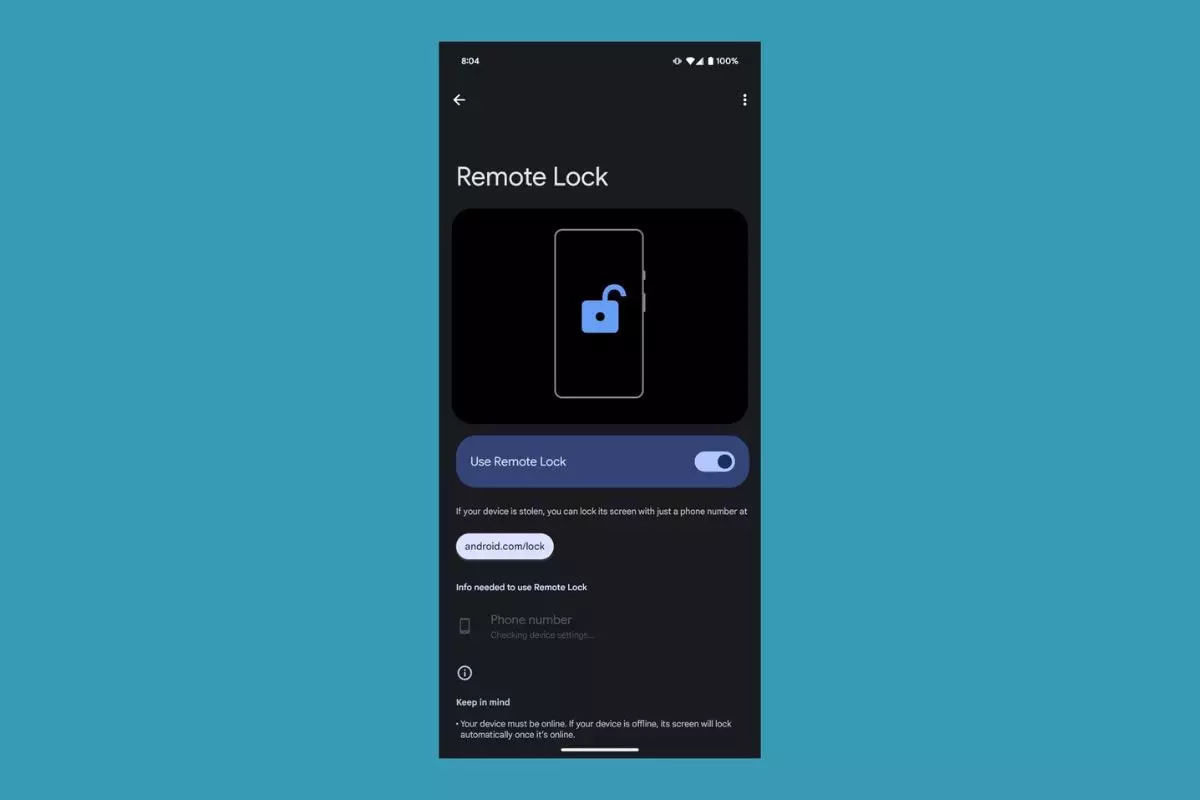In an era where smartphones have become integral to our daily lives, the prospect of losing one to theft is a genuine concern for many users. Recognizing the urgent need for enhanced security measures, Google is reportedly introducing a suite of new features aimed at protecting Android devices against theft. These updates, recently leaked by industry tipster Mishaal Rahman, showcase the company’s commitment to user safety through innovative technology.
The first feature, dubbed Theft Detection Lock, leverages machine learning (ML) to identify suspicious activity that may indicate the theft of a device. This intelligent system can detect sudden movements or changes in speed that usually accompany pickpocketing or snatching incidents. For instance, if a thief yanks a phone from a user’s hand while on foot or in a vehicle, the ML model not only recognizes the abnormal movement but can also trigger a secure lock on the device. This proactive approach reflects a significant step forward in integrating advanced algorithms into everyday consumer technology to ensure data safety.
Complementing the Theft Detection Lock, Google is also rolling out the Offline Device Lock feature. This mechanism activates when the phone is disconnected from the internet for an extended duration, which is often a tactic employed by thieves to avoid being tracked. Although the specifics around the activation timeline remain undisclosed—potentially leaving unanswered questions for users—the fundamental idea behind this feature is sound. By locking the device under these circumstances, users are provided an extra layer of security, making it more challenging for thieves to access personal information.
The third feature, called Remote Lock, offers significant enhancements to the existing Find My Device functionality. Historically, users were required to log in with their Google account credentials to regain access to their stolen devices, which could be an obstacle in high-pressure situations. The new Remote Lock capability simplifies this process, allowing users to lock their devices using just their phone number. This is particularly beneficial in emergency situations where a stolen phone may not be readily accessible for typical recovery actions.
These advancements signal a transformative approach to cybersecurity within the Android ecosystem. The introduction of features such as Theft Detection Lock, Offline Device Lock, and Remote Lock reflects Google’s understanding of the vulnerabilities users face and the current landscape of smartphone theft. While these enhancements are currently anticipated for rollout in the U.S. following beta testing in August, their integration across various devices—including Xiaomi 14T Pro and Pixel smartphones—demonstrates a broader commitment to consumer safety.
As Google continues to innovate within the realm of mobile security, users can look forward to a safer digital environment. These features not only enhance the protection of personal data but also instill a greater sense of confidence among Android users. The convergence of machine learning technology with practical security solutions marks a significant evolution in how we protect our devices against theft, reflecting a proactive response to an increasingly important issue in our tech-driven world.


Leave a Reply